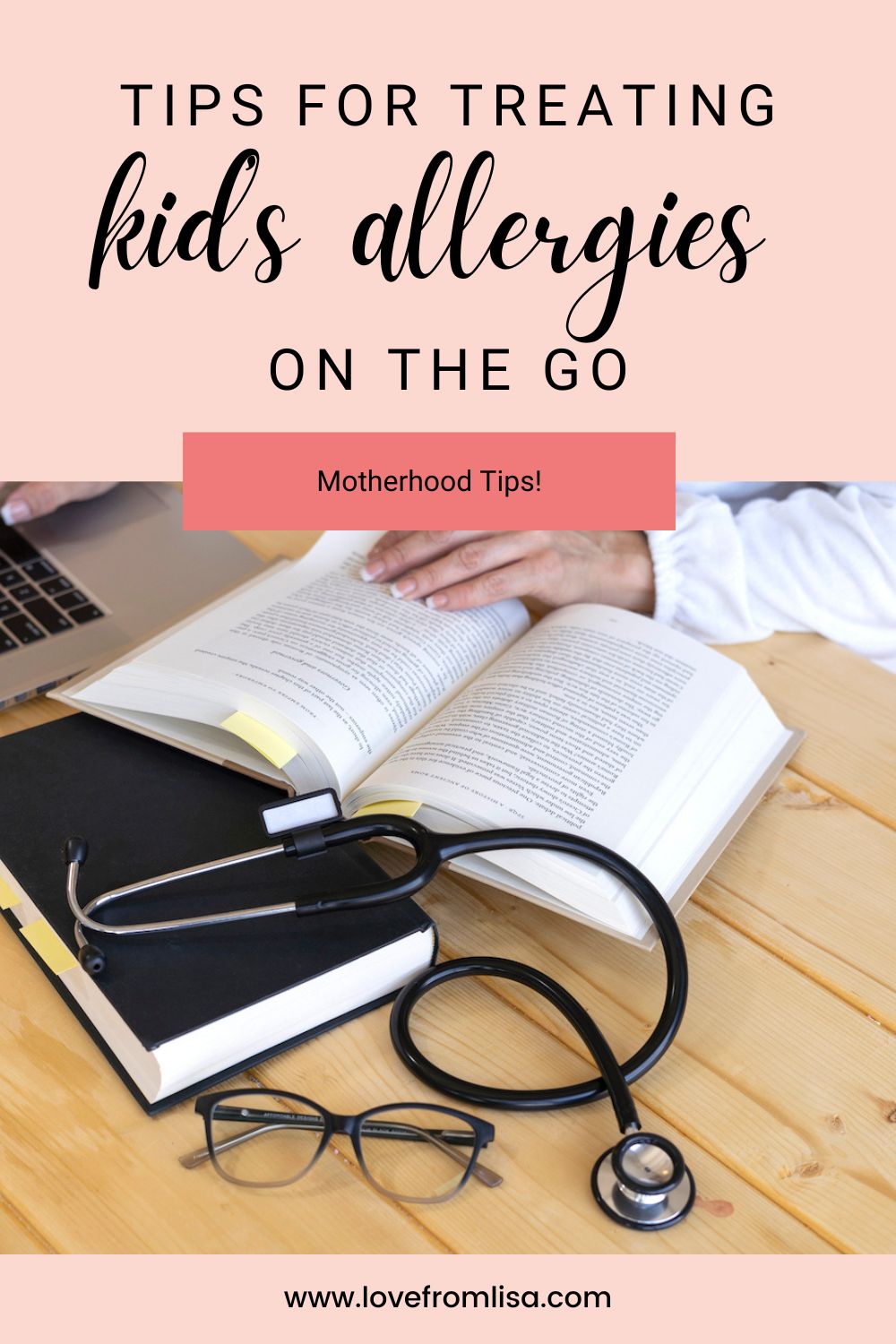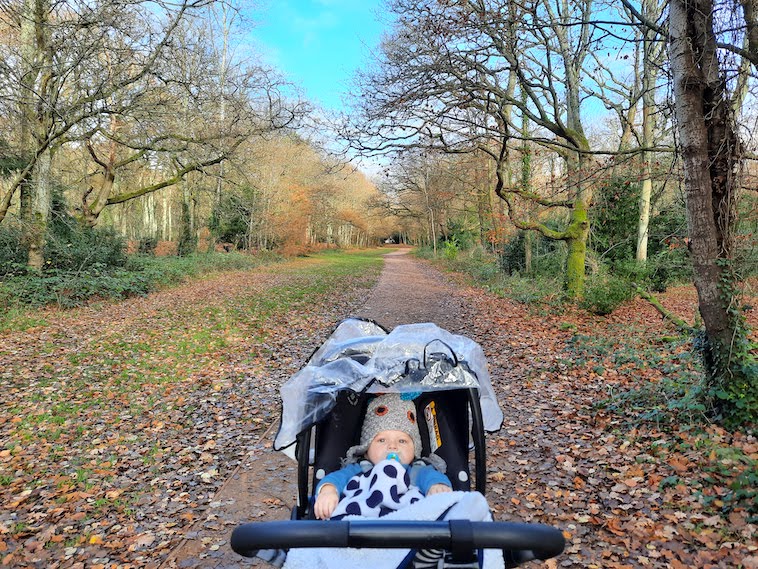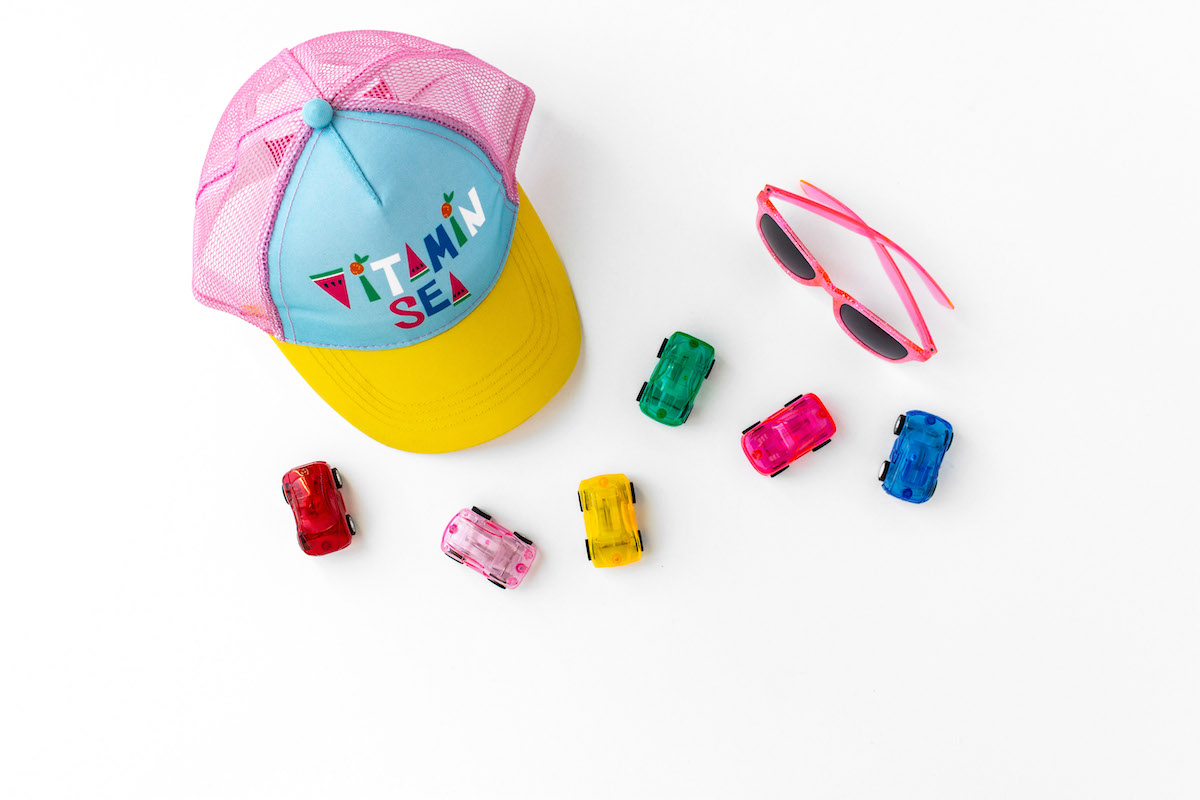Tips for treating kid’s allergies on the go
Last Updated on March 17, 2024

[AD] Managing kid’s allergies on the go can be tricky, especially with small children who are too young to understand their allergies yet.
In public spaces, controlling exposure to allergens can be hard, because you can’t be sure what allergens may be present.
Whether it’s dealing with food allergies, environmental triggers, or seasonal sensitivities, being prepared is key to ensuring a smooth and enjoyable experience for both you and your kids.
This can look different for each family, as every allergy is different. In this article we’ll explore allergies, and provide some tips for treating kid’s allergies on the go.
What are allergies?
Before we can explore how to treat kid’s allergies on the go, we need to establish a baseline of what allergies are, and how they affect the body.
Simply put, allergies are reactions in the body to a foreign substance called an allergen.
Our immune system makes antibodies, blood proteins that counteract a specific allergen. While these antibodies serve a crucial role in our overall health, they make mistakes from time to time.
So when you or your kids have an allergy, the antibodies flag the allergen as harmful, even though it isn’t.
When your kids come into contact with the allergen, those antibodies communicate with cells that release specific chemicals, resulting in allergic symptoms.
These symptoms range in severity, with some as mild as a runny nose, and others as severe as anaphylaxis, a severe allergic reaction that demands immediate medical attention.
Treating kid’s allergies on the go
At a minimum, allergies are uncomfortable, but in severe cases, they can be life threatening.
So given the potential reactions that can occur after exposure to the allergen, it’s important to keep exposure to a minimum.
Unfortunately, managing allergen exposure on the go can be challenging, especially in public spaces where controlling every factor is impossible.
However, there are a handful of tips and tricks that can help you manage your kid’s allergies on the go for a comfortable and symptom free experience, and so you can get back to enjoying quality time with your kids.
Research and plan
Planning ahead is crucial to managing allergies in public spaces.
While it’s impossible to control the allergens the public might carry, researching the place you’re visiting can help you learn more about the potential allergens that might be in the space.
For example, if your child is allergic to pollen, check local pollen forecasts.
Or, if your child has a food allergy and you plan to visit a restaurant while you’re out, check the menu for allergy friendly options, which is also a great tip to find food for fussy eaters.
While this method isn’t perfect, it can help avoid unexpected allergen exposure, and minimise the risk of allergic reactions.

Pack allergy essentials
As a mum, you probably already have an immense amount of items joining you on your outings, from nappies, wipes, kids snacks, and water.
If your kids have allergies, it’s a good idea to add a well-stocked allergy kit to the mix.
An allergy kit should contain various essentials, such as antihistamines, epinephrine injectors (if prescribed), and any medications specific to your kid’s allergies.
As a bonus, add hypoallergenic wipes, hand sanitiser, and allergen-proof snacks to ensure you’re ready for whatever you might encounter on your excursion.
Invest in allergy immunotherapy
Allergy immunotherapy (AIT) can be a game changer for mums with kids who have allergies.
This treatment, which has been around for over a century, has proven highly effective in helping minimise allergen sensitivity over time.
It works by “training” the body to become less sensitive to a particular allergen through repeated exposure.
By exposing the body to small, incrementally increasing doses of the allergen, the treatment helps reduce the production of the “blocking” antibodies that create the symptoms.
Seeing results with this approach requires a long-term commitment, as it takes the body time to adjust.
Most people begin to notice the results within the first year, but the best results usually appear during years two and three.
Types of allergy immunotherapy
There are two primary types of AIT: sublingual and subcutaneous. Sublingual immunotherapy (SLIT) is commonly used for kids, as it doesn’t involve injections. Instead, it’s as simple as administering allergy drops or tablets under the tongue as directed.
Subcutaneous immunotherapy (SCIT) is widely used as well, but unlike SLIT, this approach involves a dose of the allergen administered under the skin via an injection.
However, since this method has a higher risk of an adverse reaction, it must be administered at a doctor’s office, and patients must remain at the office for a specified period after the injection to monitor for reactions.
Treating kid’s allergies on the go can seem daunting, but with the right knowledge and preparation, it’s doable.
By understanding the basics of allergies, researching and planning ahead, packing allergy essentials, and considering allergy immunotherapy, you can confidently navigate the challenges your days out present.
Remember, being proactive and informed is the key to conquering allergies, and enjoying all life has to offer.
How do you treat your kid’s allergies when on the go?







